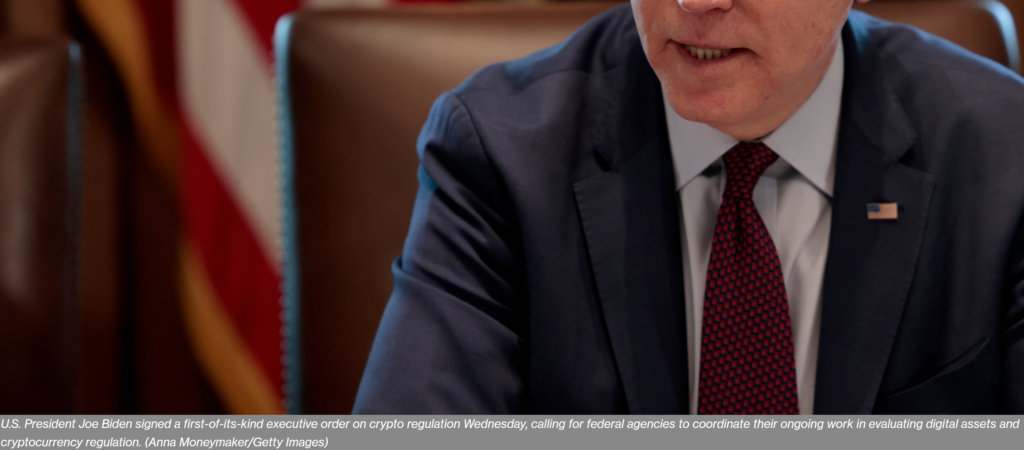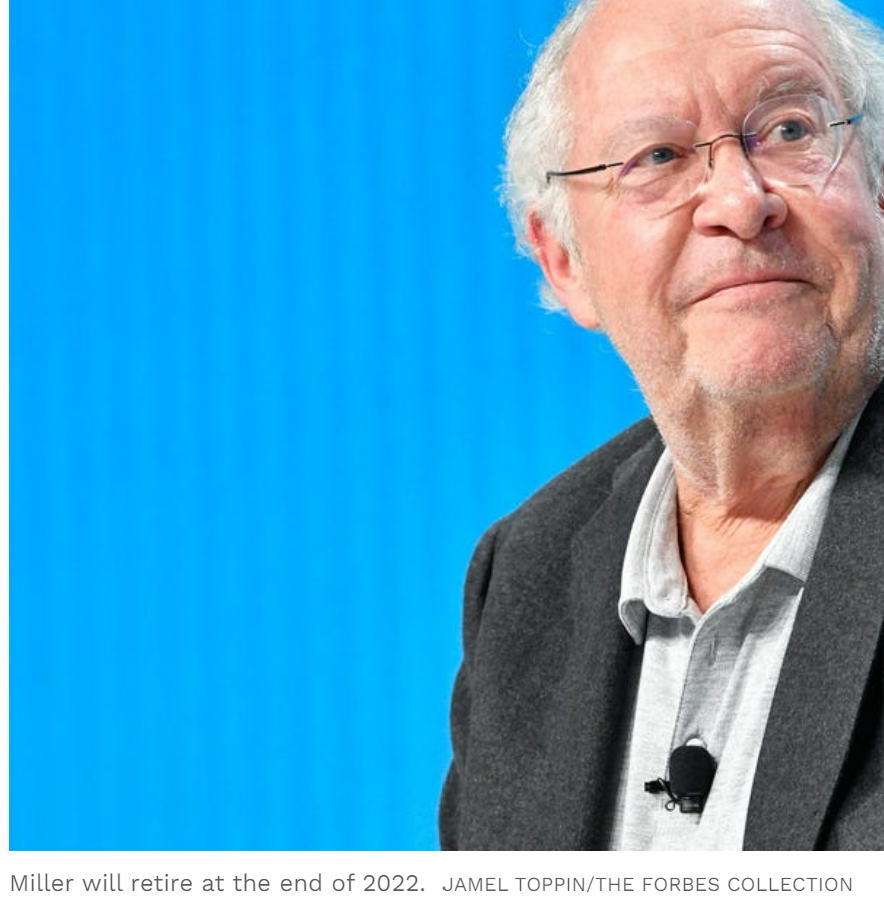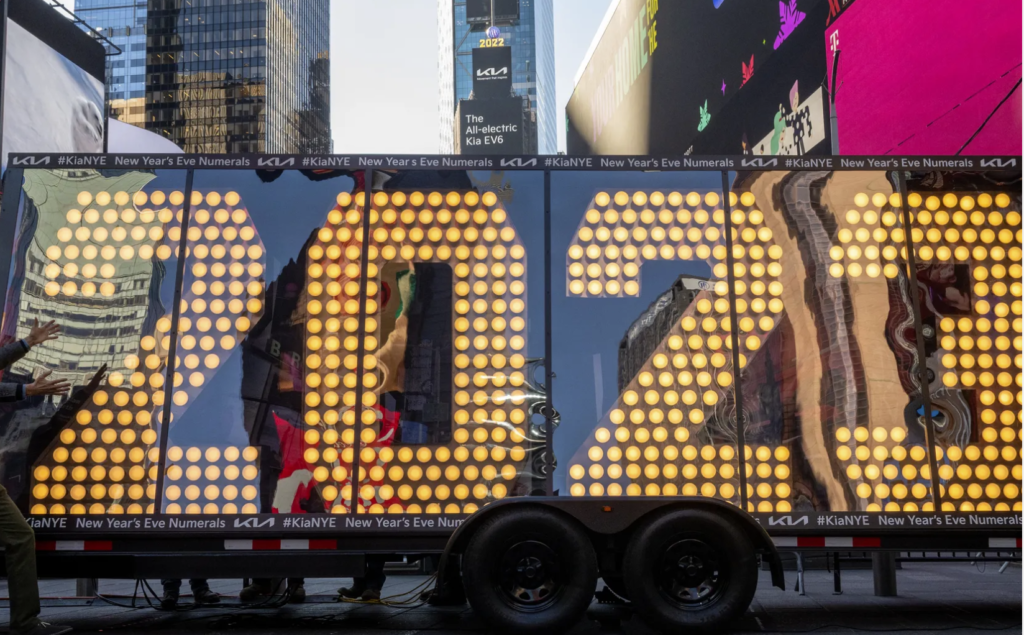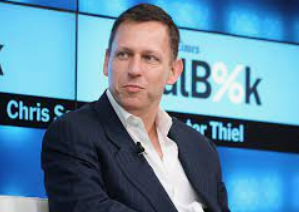Why This Crypto Hedge Fund Is Ignoring ‘Buy Signals’ And Prefers To Stay In Cash For Now
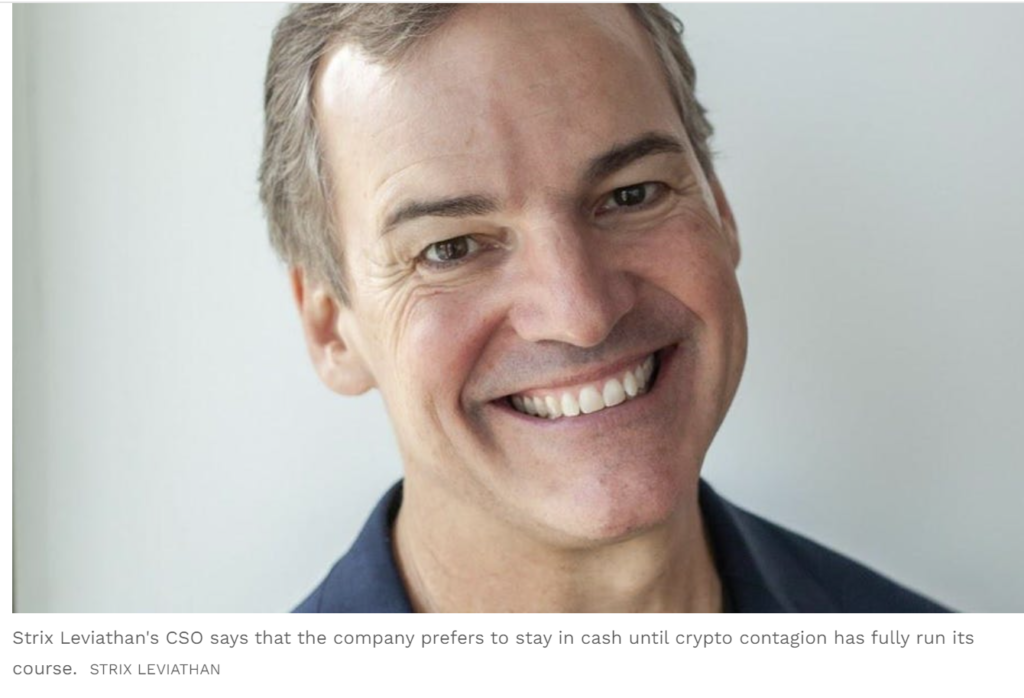
Dr. Matthew McBrady is the head of strategy at crypto hedge fund Strix Leviathan, where he advises on the firm’s trading and investment strategies and oversees future growth strategy. As an investor, McBrady most recently served as chief investment officer of BlackRock’s multi-strategy hedge fund, a $1.5 billion fund he helped build and run beginning in 2014.
McBrady began his career as a policy advisor, serving as an international economist with Janet Yellen on President Clinton’s Council of Economic Advisors where he was actively involved in shaping the administration’s response to the Asian Financial Crisis. He was subsequently recruited by Timothy Geithner to join the Asian Financial Crisis Task Force in 1999 and to serve as a founding member of the U.S. Treasury’s Office of Policy Development and Review.
Forbes: What has been your strategy over the last couple of weeks?
McBrady: The quintessential question for every truly systematic investment manager—and we are we’re entirely computer driven—is when you go through a shock to a system where you think there’s probably a structural change and your signals are telling you to get back in, do you allow them to get back in? So far, we have overridden them even though we’re generally very purist about saying you trust the models and our Nest Fund. The models and signals are what give us the returns and the return profile. So we’re really skeptical about when we can override it. For the time being, we’re still overriding it to stay in cash because we do know that there were so many folks with direct exposure. We also just have always, from the beginning, been very skeptical of wild players in the space for using too much leverage on investments that they didn’t really think about from a proper risk management point of view. So we are waiting to make sure that the system is stable before allowing the signals to get as long as they want to right now, but as you might imagine, especially for the most stable coins, like ethereum and bitcoin, many of our signals are starting to tell us it’s time to buy.
Forbes: What are those signals?
McBrady: Our approach for the Nest Fund is to think about crypto assets as commodities. So we have this commodity trading advisor-type strategy, which has been well-known and well employed in traditional finance markets for 40 or 50 years. The first iteration of that looked mostly at momentum type signals—price, volume and volatility. A good chunk of our signal set is still based on price volume and volatility. There are essentially two big families of it: the individual, which is looking only at the history of an individual asset, and then looking at the relative performance of one asset relative to a similar universe of very liquid assets. You can think about that as individual and cross sectional. Those standard signals have been giving a lot of down signals lately. But one of the things that is well-known about CTA strategies is that they tend to do worse when you are in a highly volatile but directionless model market where you’re going to go up and down and up and down and up and down.
Forbes: It sounds like you’re talking about contagion and as we’re having this conversation there are some big players that seem to be teetering. Genesis is one and BlockFi recently filed for bankruptcy protection. What are your thoughts on those players and who else do you think might be included as additional collateral damage?
McBrady: You’ve got the names that are on our radar screen, and I don’t actually have really refined insights into either because they’re not important counterparties for us, and we don’t have any exposure to them. The beauty of our platform is that we don’t have to rely on anyone for holding our assets. Everybody has a certain degree of capital tied up in this space and some counterparty exposure for at the end of the day. But the only way to really have an informed point of view about those folks is to have access and insights into their balance sheet.
Frankly, we’re in 1929 right now or maybe early 1930, in a world where there was no Fed. To some degree it is worse for the time being, because at least banks were all doing kind of the same thing. But what has been abundantly clear to me since joining the space is that because we don’t have any type of a regulatory framework, folks who are supposed to be exchanges, like FTX, can also do things like egregiously large proprietary trading, without a sacrosanct separation between client funds, broker deposited funds on behalf of their end clients, and internal proprietary capital that could be used to invest.
If this was a regulated entity, you wouldn’t allow an exchange to do proprietary trading, or proprietary lending, which is the same thing as proprietary trading. And in this world, not only were they allowed to do it, but they were doing it with deposited client funds. You do have to be very cognizant of the most regulated or rigorous players who built their businesses to be sort of U.S. regulated and with an operational and counterparty risk management sensitivity that was born of the traditional finance (TradFi) industry. I know it is not popular to praise TradFi for anything in crypto circles. But one thing I think this is going to show is that the things we’ve learned the hard way in the TradFi space by wave after wave of hedge fund blow ups have given us the best playbook you can for minimizing the inherent damage when highly levered institutions interact with each other and one of them goes bust.
Forbes: Did you have any inkling that there was something amiss with FTX?
Dr. Matthew McBrady: Like most people in the space we were surprised to find out the scope of the malfeasance that was going on at FTX since it was the one that was very loud and proud about defining themselves to be the most regulated exchange in the world. That said, we are skeptical of all our counterparties by default. Strix has built itself around having a truly institutional world class platform, which covers market, counterparty and operational risk. Anybody who’s been in the hedge fund space long enough knows that the most important things to get a handle on are counterparty risk and counterparty assessment. Still, while we’re skeptical of all our counterparties, FTX actually surprised us just because of the scale and scope of their claims, and the reality that they were actually regulated by a variety of U.S. regulators.
Forbes: That leads me to my next question, which is do you see this as a crypto problem or a TradFi problem in crypto?
McBrady: It’s kind of a neat way to frame the question. One of the things that’s amazed me, from the beginning of my fascination with the space, is that my entry into this whole ecosystem of ideas came when I was on Bill Clinton’s Council of Economic Advisers. My portfolio was emerging markets currencies and currency crises right as the Asian financial crisis was happening. What that proved to everyone, and eventually, even economists in the World Bank and the IMF agreed, was that you couldn’t actually have a fixed currency, especially if you didn’t have one to one backing the underlying currency. When luna (LUNA) crashed and brought down its sister token TerraUSD (UST), my first thought was who the hell thought this would ever work? Did they have any experience in traditional finance? And since then I’ve seen replicated over and over again, the painful lessons learned in traditional finance. When Three Arrows Capital went down I thought “wow, this wasn’t even a hedge fund.” This was a levered long fund, and you can’t do that with highly volatile assets. Nobody tries to do that anymore in the hedge fund space, and then it just kind of goes on and on. Well, of course, we were going to have an unregulated bank equivalent of the bank run here in crypto space. So, from the sense of TradFi problem in crypto or crypto problem and TradFi, I’d say it’s just the inherent problem of allowing highly levered, or potentially highly levered, counterparties to interact with one another. And a world where most of the systemic institutions can’t possibly have 100% backing for whatever it is they’re trying to do, and there’s no lender of last resort.
Forbes: What do you think the regulatory response will be to all this?
McBrady: It’s going to be a huge food fight. And that’s not going to be solved for some substantial period of time. But if I was forced to look into my crystal ball and make one forecast, I would say regulators get most exercised, always and everywhere when little guys lose lots of money. So it was really May’s collapse of luna and the related sort of stablecoin ecosystem that I still believe is going to lead to the most systemic change in regulation. And like it or not, we now have a world where small retail investors can and did invest a lot of money in something that they thought was a bank, and they thought it was promising sort of U.S. dollar money and good interest rates.
I can’t see that it is actually not going to be a space that’s going to be regulated in some sense. The only way this really works as a medium of exchange and a true store of value is if we can have robust institutions that are equivalent to depository institutions. I think it’s in all our interest to have that be a well defined regulatory framework that’s supportive. And then with regard to additional regulatory oversight, I think you just want to look at it as a food fight between the CFTC and the SEC, of which FTX was clearly trying to play both sides with its IEX merger or acquisition as well as its LedgerX one, which the former gave it access to SEC regulation and lobbying and latter given access to CFTC and and creating derivatives markets. So I think that’s one that’s frankly of less interest to me. Because from our point of view at that Strix, we just want markets to be relatively well regulated. And we need liquid tradable assets that we can understand how to create really predictive signals around and whether those things are fancied by regulators as commodities or as stocks and bonds is less relevant.
Forbes: Do you have any expectations for the rest of the year in the market?
McBrady: I think the rest of the year is one where I would be skeptical, and we’ll continue to be skeptical of dead cat bounces and false dawns. The only advice I would give folks who want to be long, especially if they’re retail people, is there’s a reason Warren Buffett is Warren Buffett. His favorite quote in all investing is “Be fearful when others are greedy and greedy when others are fearful.” Everyone is really fearful right now. And we just need to wait for some degree of systemic stability to return because of the fact that FTX had done such a good job of convincing everyone it was the one trusted, regulated hand that you could trust your counterparty exposure with and the good news is all that will be surfacing in the next month or two. But I expect a volatile and essentially sideways to down kind of market for the remainder of the year. And then hopefully by early next year, we’ll be in a position where we’ll be able to build stronger and that will be time to take the Buffett advice and buy when everything else is low.
by: Steven Ehrlich




